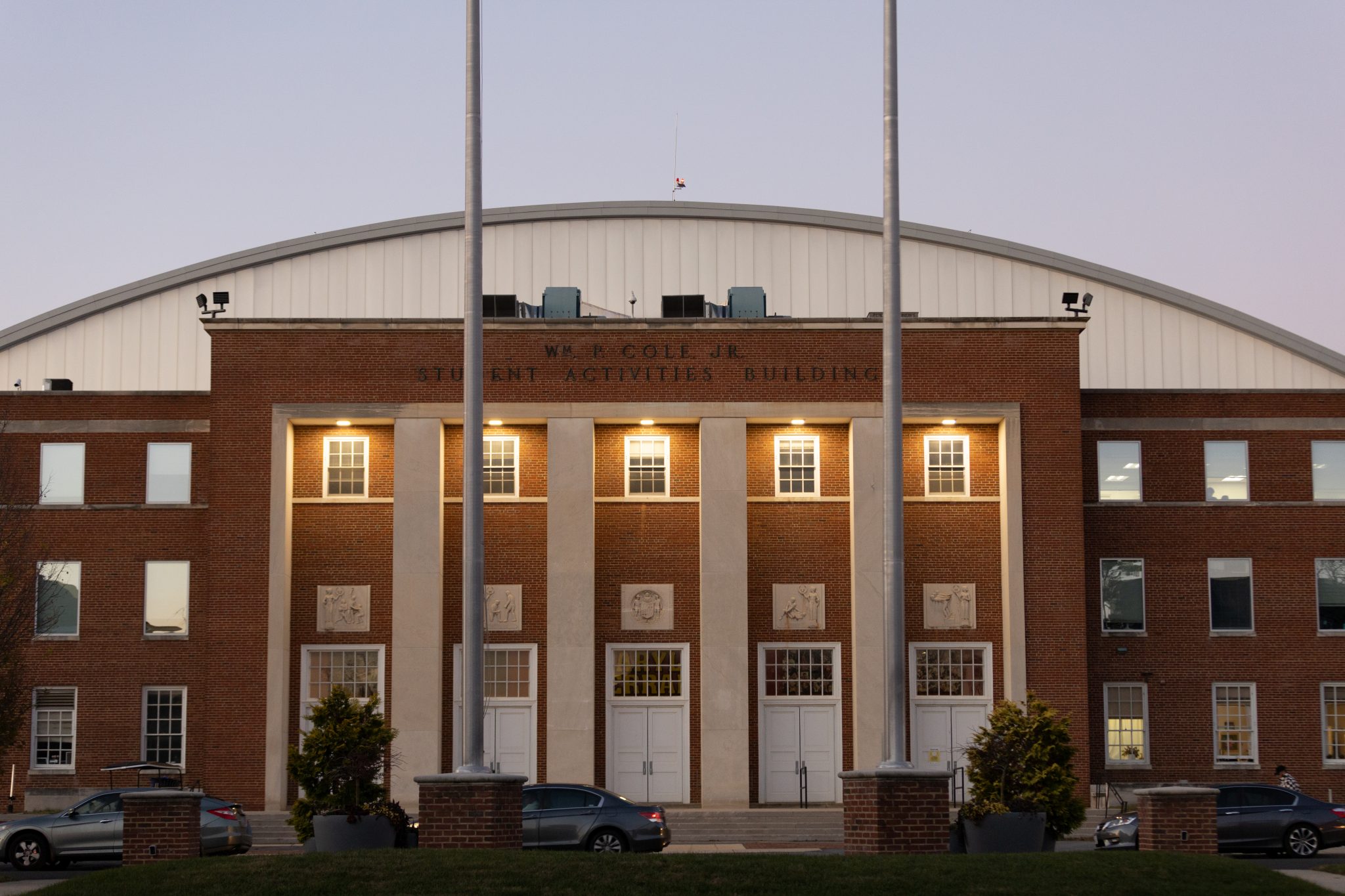The University of Maryland will begin renovation of five new cultural centers in the Cole Field House over winter break, according to Yvette Lerma Jones, the diversity, equity and inclusion director for the university’s student affairs division.
The cultural centers will be for Latinx, Native American and Indigenous, multiracial and biracial, Asian, Pacific Islander and Desi American students, as well as students with disabilities, university president Darryll Pines announced in 2021.
The centers are expected to be open by spring 2025, according to Lerma Jones.
“When people feel like an institution hasn’t been there for them, it’s hard to come into community with one another,” Lerma Jones said. “Some of the best things that I’ve seen happen are when folks are able to both have their space within their community but also engage with others outside of their community.”
Several students and faculty members have met in a steering committee to discuss specific features that will be part of the centers.
Some steering committee members expressed wanting a drum circle and a meditation space for the Native and Indigenous cultural center.
[UMD announces task force to address antisemitism and Islamophobia, interim chalking policy]
For the disability cultural center, members requested a low-sensory single-occupancy room that students could use to cope with overstimulation.
The five separate centers will be placed in rooms next to each other in the Cole Field House. There will also be a multipurpose room for all cultural center users, Lerma Jones said.
Some community members at this university were concerned last year about the cultural centers’ size.
This university’s Asian American Student Union posted on Instagram in October 2022 about the Asian, Pacific Islander, Desi American cultural center only fitting 20 students, despite students making up about 22 percent of the undergraduate population in fall 2022.
Other students, such as senior women, gender and sexuality studies major Jessie Ricci, felt “left in the dark” when it came to feedback on the cultural centers last year.
However, Ricci, a member of the steering committee closely associated with the disability cultural center, said she noticed a more genuine effort this year to reach out for feedback on the disability cultural center.
“I’ve really been happy with the feedback process in terms of furniture and layout of each of the spaces and envisioning what the shared cultural center spaces are going to look like,” she said.
Ricci voiced concern about accessibility issues with the disability cultural center. The center might be difficult to access for students who use mobility devices or have chronic pain, since it’s on the hill that leads to Stamp Student Union, she said.
Other accessibility issues include the centers being located in the basement and noise concerns with the centers being located near the football stadium and construction for the Purple Line.
Although university administration members said they will do their best to address these concerns, Ricci is unsure how, she said.
[UMD explores possible graduate student living-learning program]
Jennifer Enriquez, a program manager at this university’s Multicultural Involvement and Community Advocacy office, said the office is increasing student feedback by engaging with organizations and sending out surveys about the centers.
“We are here to listen and want to make sure that these spaces reflect the needs of students now,” she said.
Student groups at this university have informed the student body about cultural updates through various events this semester. This university’s Latinx Student Union, for example, had a meeting on Oct. 26 to relay updates to students about the Latinx cultural center.
Junior public health science major Jhennifer Celestino Alva, the president of the Latinx Student Union, said she hopes the Latinx cultural center will be a “home away from home” since a lot of commuters will be using the space.
Centering student feedback is important to designing the centers, Celestino Alva added.
For Lerma Jones, it’s important that the centers are in the same space, she said.
“If someone identifies as a part of multiple communities, they can be in these spaces and be amongst people that they consider their community without necessarily having to travel across campus or having to decide which part of their identity is most important to them,” Lerma Jones said.



